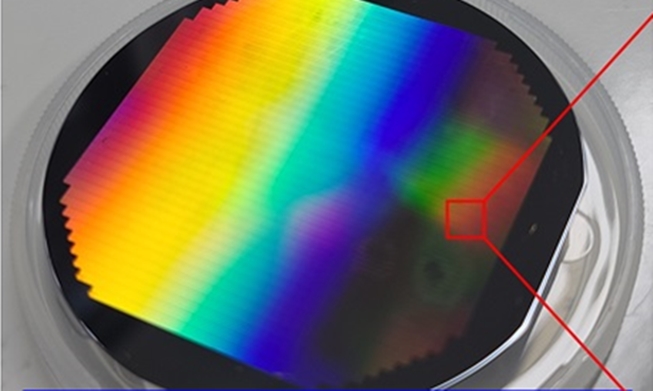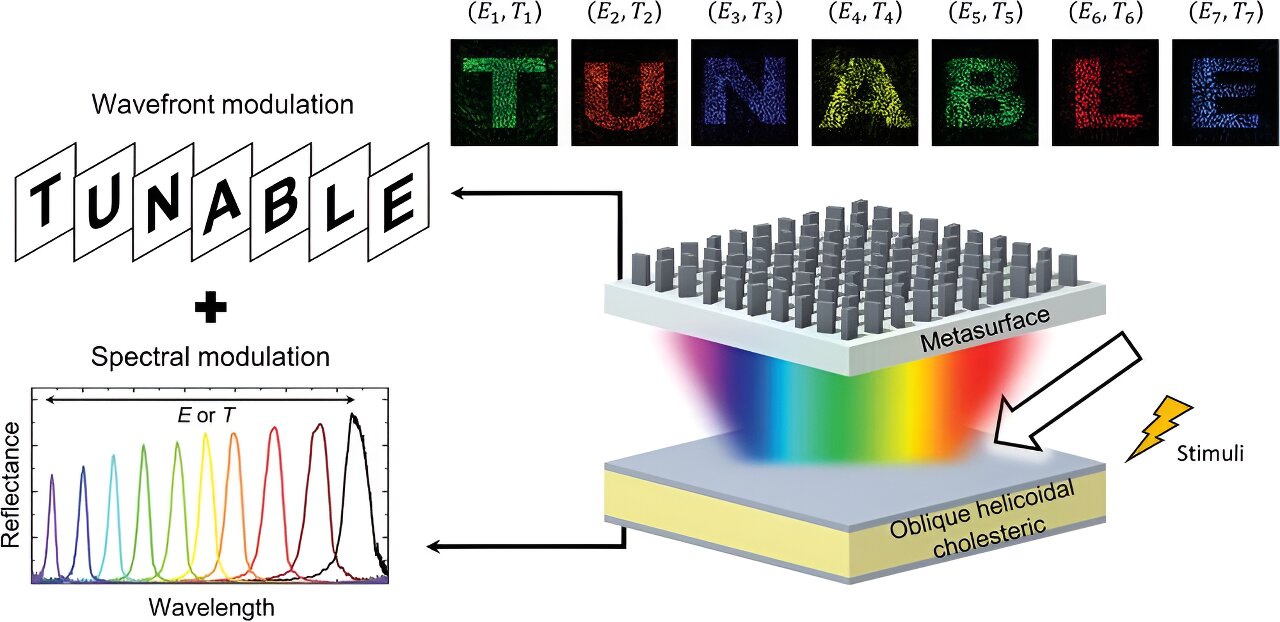


A joint research team from KAIST, Inha University, and Yale University has developed advanced technology for high-resolution image sensors that are both smaller and more energy efficient. Led by Professor Kim Sanghyeon, the team announced this breakthrough on November 20, 2024. The new technology boasts a high quantum efficiency of over 70% with an absorber layer thinner than a micrometer, achieving a reduction in thickness by 70%. This innovation is particularly applicable in various fields, including security systems, medical imaging, autonomous driving, and satellite observation [0b801e15].
The ultra-thin high-resolution image sensor technology specifically targets the ultra-high-resolution shortwave infrared image sensor market, which is currently dominated by Japanese companies. This advancement not only enhances the performance of imaging systems but also contributes to energy efficiency, making it a significant step forward in sensor technology [0b801e15].
In related news, researchers at Pohang University of Science and Technology (POSTECH) have made strides in online security by integrating AI with metasurfaces. This research team has developed holograms that can switch between ten different colors, utilizing an AI-driven design technique. The technology establishes an optical security system that requires specific conditions for encrypted data to be implemented, which could revolutionize online security measures [06598d70].
The integration of AI and metasurfaces in online security represents a significant step forward in protecting digital information. As the reliance on digital platforms increases, the need for robust online security measures becomes critical. The combination of these technologies is expected to enhance cybersecurity and protect sensitive information from cyber threats [06598d70].
Furthermore, a separate group of researchers has developed a gadget that transforms standard displays, such as TVs and smartphones, into holographic projectors. This gadget uses a thin film to manipulate light waves, creating a holographic view. The invention is economically priced and has potential applications in entertainment, education, training, and healthcare. The researchers are currently working on improving the sharpness and depth of the holographic images [6daa8fad].